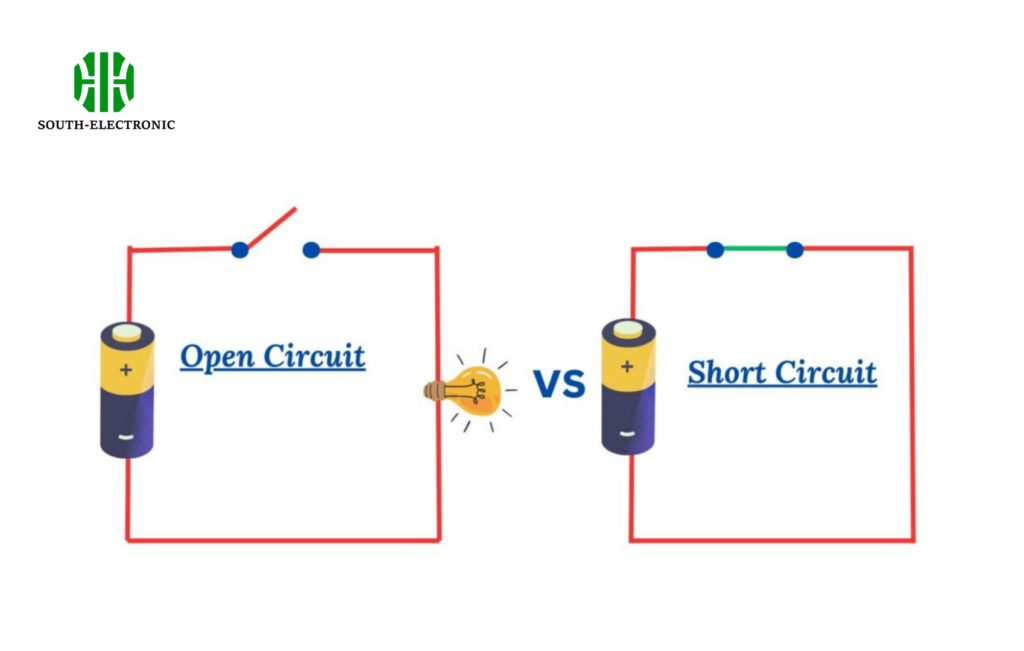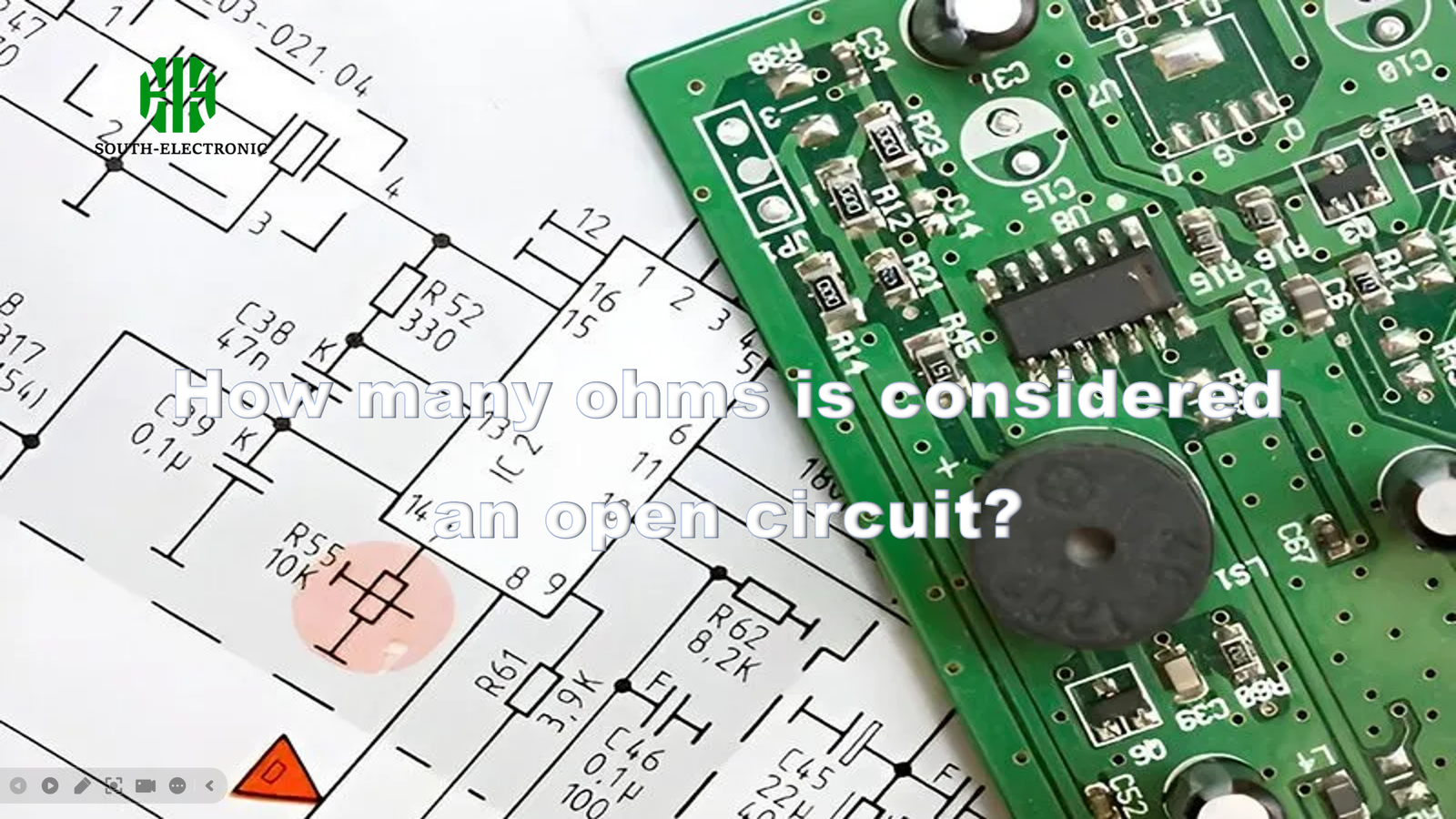Frustrated by electrical devices suddenly failing? That mysterious power cutoff could point to an open circuit. Understanding this basic concept saves time, money, and safety hazards.
An open circuit definition describes an incomplete electrical path with unconnected ends. Current cannot flow because there’s a physical break, creating infinite resistance (∞ ohms). Devices turn off as electrons halt movement like cars hitting roadblocks.

This fundamental electrical fault affects homes, gadgets, and vehicles differently. Let’s dive deeper into why it happens and how to spot it efficiently. We’ll also untangle its key differences from dangerous short circuits next.
Why and Where Do Open Circuits Occur?
Ever wondered what kills power without warning? Open circuits strike when wires snap, connections loosen, or components break unexpectedly. Your entire system shuts down instantly.
Common causes include aged insulation cracking, poor soldering jobs, or switches left open. Physical damage from vibration, corrosion, or PCB manufacturing flaws frequently creates open circuits in gadgets and vehicles.

Electrical Failure Hotspots
Open circuits aren’t random – they prefer specific locations. Here’s where they frequently appear:
| Location | Typical Causes | Prevention Tips |
|---|---|---|
| Home Wiring | Rodent damage, loose outlets | Regular inspection of visible cables |
| Automotive Systems | Corroded battery terminals, frayed harness | Weatherproof connections, secure mounts |
| Electronics & PCBs | Fractured traces, cold solder joints | Quality pcb layout software validation |
| Power Tools | Internal wire fatigue, switch failures | Avoid cord yanking, gentle use |
Wiring behind walls suffers when nails puncture insulation during renovations. In pcb layout software design, even tiny gaps between components cause open circuits. Cold solder joints crack over time as metal contracts. Vehicle vibrations steadily shake cables loose after years of driving. Each scenario prevents electrons from completing their path permanently until repaired.
How to Identify an Open Circuit?
Does your multimeter confuse you? Detecting open circuits requires simple tools and techniques that anyone can master quickly. Follow the clues before frustration builds.
Use a multimeter on continuity mode – a beep confirms connection while silence confirms an open circuit. Alternatively, measure resistance: ∞ ohms means open. Check sections systematically from the power source.

Step-by-Step Troubleshooting Guide
Visual Inspection First
Scan for obvious damage: Look for severed wires, disconnected plugs, or burnt points. Examine solder joints under bright light for cracks.
Component Isolation Method
- Power off the device completely
- Disconnect suspect components one by one
- Test each segment individually
Voltage Test Verification
Measure open circuit voltage across components when powered on. Presence of voltage without current flow indicates an open at the load location.
For complex systems like PCB clusters, probe neighboring resistors simultaneously. Consistent ∞ ohms readings across multiple points often trace back to one root break. Label tested zones to avoid repeats. Automotive circuits need fuse box checks first since blown fuses mimic open circuit symptoms. Document measurements methodically.
Open Circuit vs. Short Circuit
Confused by opposite electrical failures? While both disrupt power, open vs short circuits have opposite behaviors and dangers. Mixing them up wastes repair time.
An open circuit means no current flows due to broken path (∞ resistance), while a short circuit forces max current through an accidental low-resistance path. Lights turn off in opens but sparks fly during shorts.

Critical Differences Breakdown
| Characteristic | Open Circuit | Short Circuit |
|---|---|---|
| Current Flow | Zero (impossible) | Dangerously high |
| Resistance | Infinite (∞ ohms) | Near zero |
| Potential Danger | Device inoperability | Fire/explosion risk |
| Voltage Behavior | Open circuit voltage present at break point | Voltage collapse near short |
| Common Causes | Broken wires, blown fuses | Damaged insulation, crossed wires |
In an open vs closed circuit situation, normal operation requires full closure. Short circuits create unintended closures that bypass components entirely. When testing open circuit and short circuit errors, remember: opens "stop" electricity while shorts "overload" it. Never assume similar troubleshooting approaches!
Conclusion
Open circuit meaning and prevention are vital electrical safety knowledge. Now you can identify breaks, measure infinite resistance, distinguish shorts, and troubleshoot confidently.



